
“Cannot send message. iMessage needs to be enabled to send this message.” This is a popup you may encounter while sending a message from your iPhone. It is really frustrating when you are unable to reply to a message because of this issue.
There can be a variety of factors causing this iMessage error on iPhone. Don’t worry. In this article, we will discuss the most common reasons behind iMessage needs to be enabled popup and what you can do to fix it. Keep reading!

The first thing you should do is to make sure that iMessage is enabled. You can refer to the steps below to enable iMessage from settings.

This may help to solve the issue in most cases.
iMessage requires a good internet connection to work efficiently. Make sure that you are connected to a WiFi while sending the message. If the WiFi connection is weak, consider switching to another network or use cellular data.
If the network is not stable, try resetting network settings. Here is how to do this:
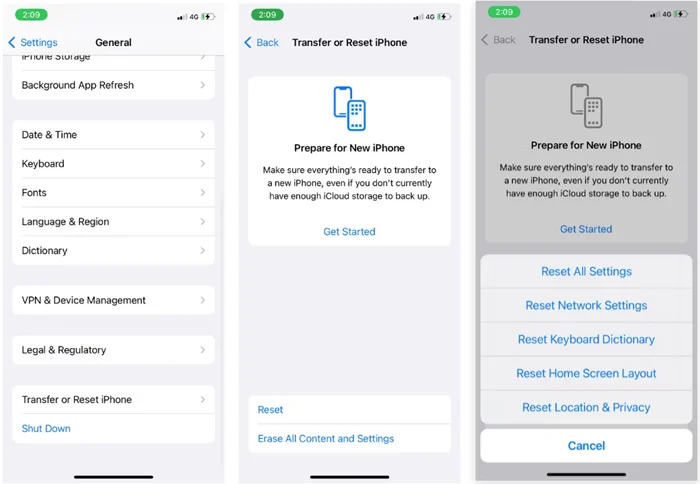
Enabling and disabling the Airplane mode on your iPhone might also help to solve the issue. When you do this, all the network connections turn off and start again freshly, which can solve minor network-related problems.

Force quit the Messages app and try again to send the message.
If your iPhone has set the Face ID,
After 15 seconds, open the Messages app and try to send the message.

The iMessage server can be down on rare occasions and prevent you from sending messages.
Open Apple Status Page and find iMessages. If the server is okay, you will find a green dot beside it. If it is not green, then the server is down, and you have nothing to do but wait.
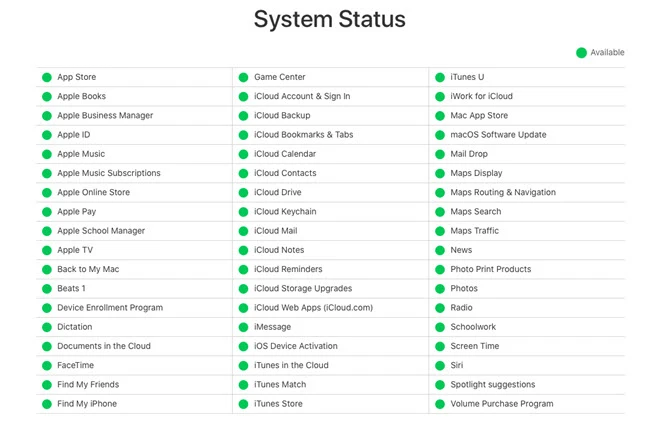
Restarting your iPhone helps to solve a variety of unknown issues that you encounter on the device. It may also help you to solve the problem with iMessage.
To restart your iPhone, tap and hold the volume down and side buttons to bring the slider to the newer iPhone. You will just need to press the side button on the older iPhone devices.
Once the slider occurs, drag it from left to right. This will turn off your iPhone, and you can turn it again after a while by pressing the side button.
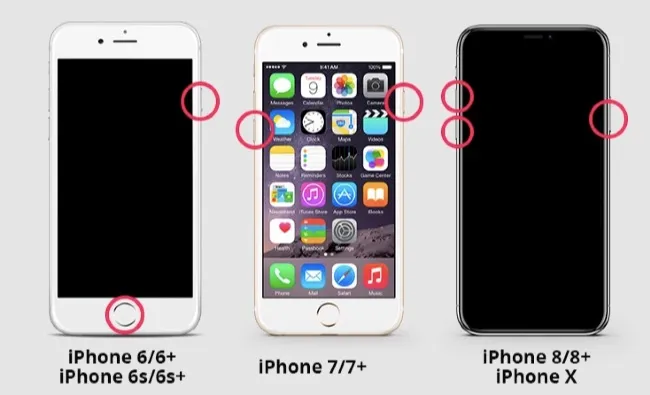
Removing the failed and unsent messages from the conversation can sometimes solve the issue and let you send new messages successfully. Here is how to do this:
Signing out and then signing in iMessage again helped some users to solve the problem. You can also consider trying it. Here is what to do:

When the iPhone turns on again, sign in to the account. You will find a popup “use the Apple ID for iMessage?”. Just press Sign in and enter the login credentials.
To resolve the issue of "iMessage needs to be enabled to send this message," try resetting your iMessage settings by following these steps:
This is not a fix, but it lets you send the message successfully. So, what you need to do is to use the regular SMS instead of iMessage. By doing so, you can keep the communication while fixing the issue.
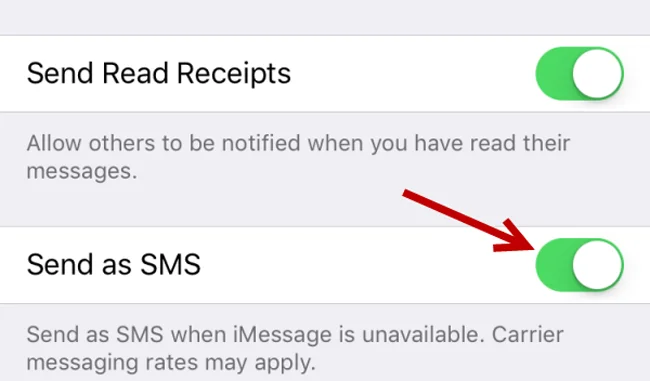
To ensure your iPhone runs smoothly, it's essential to keep your operating system up to date. Updating iOS not only fixes bugs but also enhances performance, which can resolve issues like messages not being delivered.
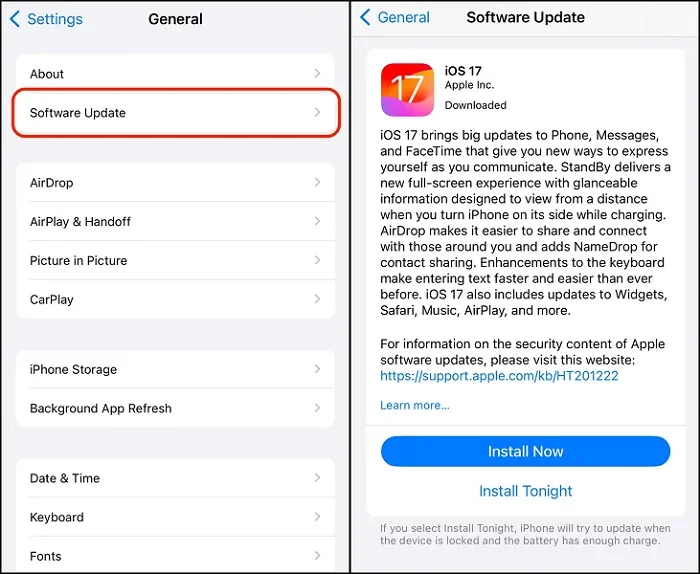
If you are still unable to fix the issue, then your last resort will be factory resetting your iPhone. Note that it will eradicate all data, including media files, contacts, apps, etc. We strongly recommend you back up your iPhone before doing this. After backing up, follow these steps:
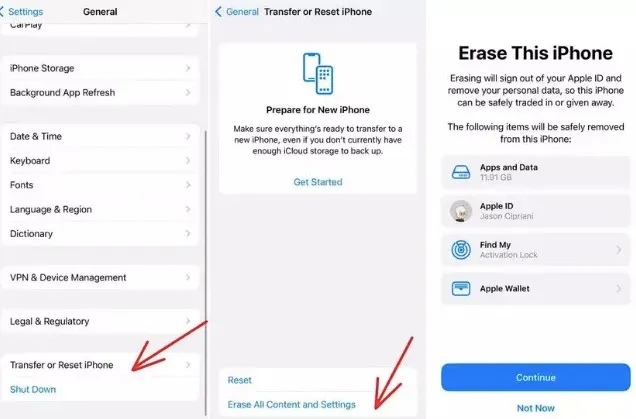
Well, there is another way to fix this issue without losing any data on your iPhone. This can be done by using FoneGeek iOS System Recovery, a well-designed and efficient tool that can solve hundreds of system issues on iPhone and iPad devices. It is easy to use and works effectively in most cases.
You can consider using the FoneGeek iOS System Recovery tool for fixing the iMessages need to be enabled. Here is what you need to do:
Step 1. Install and run the FoneGeek iOS System Recovery on your PC. Select Standard mode on the app. Connect the iPhone device via USB to the computer.

Step 2. Press Next on the iPhone display if it is running on iOS 12 or later. If the device is not detected, follow the on-screen guide to boot it to Recovery/DFU mode.
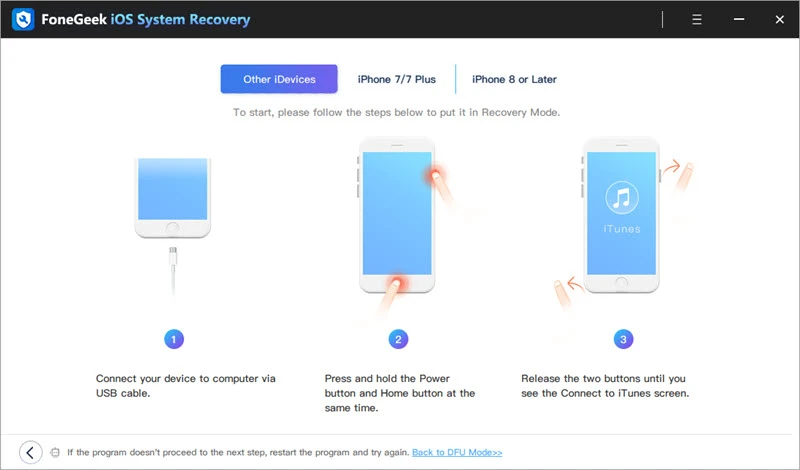
Step 3. Select the firmware version and press Download. Once the download is complete, press ‘Fix Now’ to start fixing the iOS device. If you have done everything correctly, the problem should be fixed now.
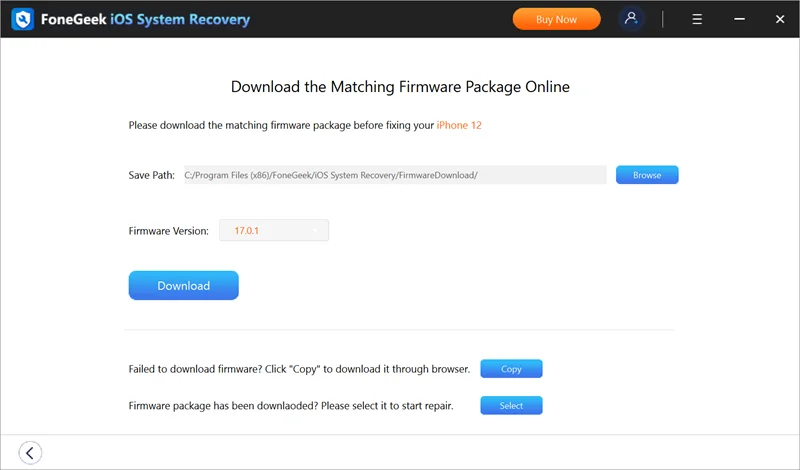
We hope that you have fixed the ‘‘iMessage needs to be enabled to send this message’’ after trying the mentioned solutions. Make sure to try the FoneGeek iOS System Recovery if you cannot solve it following the other fixes. It is a safe and efficient way to solve any system error, including the iMessage error. Happy texting!
Fay J. Melton has explored the area of technology and software for more than 5 years and he is enthusiastic about helping users solve various technology issues.
Your email address will not be published. Required fields are marked *

Copyright © 2025 FoneGeek Software Co., Ltd. All Rights Reserved